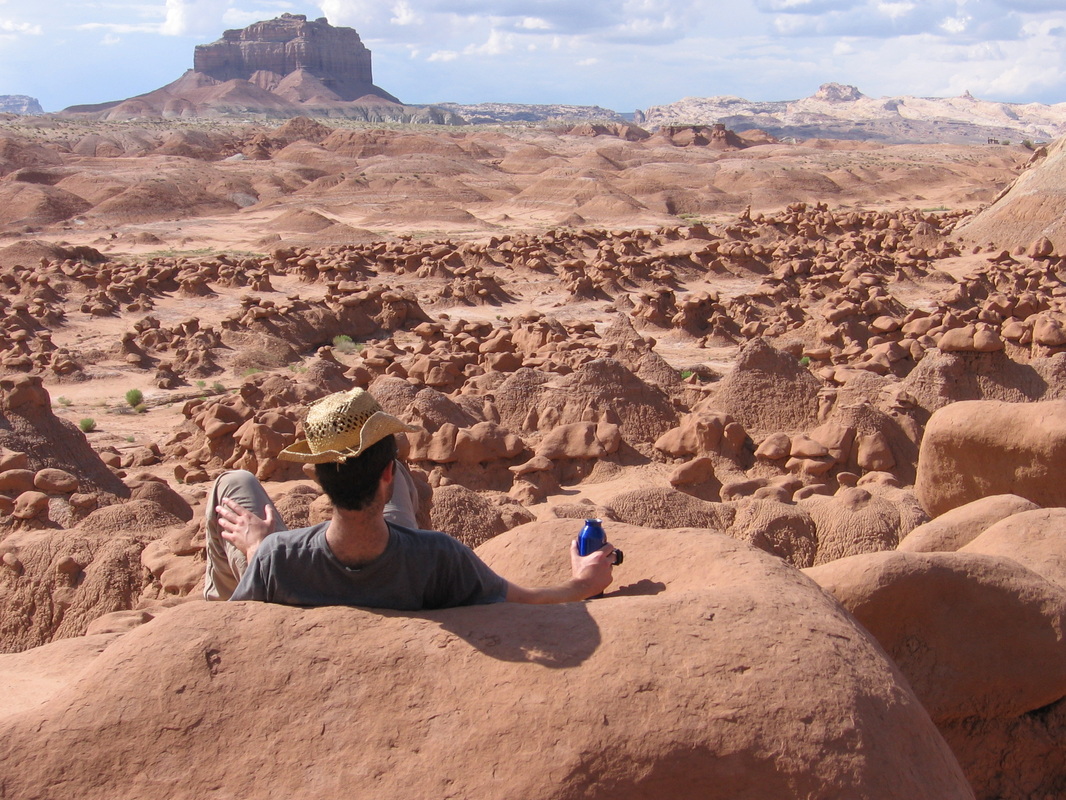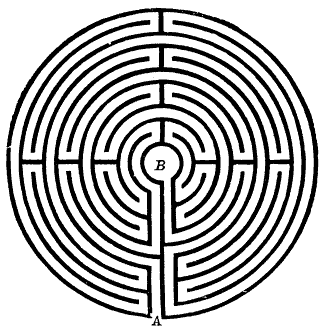|
N.B.: This post was originally published at my old blog, Sonatas and Interludes, on 31 May 2009. ••• 1. Physics. In A Brief History of Time, Stephen Hawking muses on the apparent logic of the universe. Science is full of fundamental numbers, like the size of the charge of the electron, numbers we have observed and recorded--and it seems that even a very small variation in any of these settings would have precluded the development of intelligent life. This seems, for many, good evidence of a creator with logic that includes us: these careful calibrations that just happen to allow for our existence indicate that the universe was, on some level, intended for our occupancy. 2. Goblin Valley State Park, Utah. The first time I went to Goblin Valley, I was convinced it was a naturally occurring playground. The intention seemed so clear. This isolated field full of eminently climbable structures of various sizes and levels, with such whimsical shapes, the magnitude of it so perfect for lighthearted exploration... this place could not have been meant for any other end than human play. I, as a visitor there, was the recipient of a divine gift, and I accepted it without hesitation.
Then I returned last week and realized the truth to be more complex. Goblin Valley is not a perfect playground. It has dead ends and loose ground and difficult scrambles, and if you're not careful you can get yourself hurt or stuck in a tough spot. Roaming around on the goblins, I noticed, creates a huge amount of destructive erosion, and the highest plateau was covered in cryptobiotic soil, some of which I'd surely unknowingly stomped during my previous visit. I still had a great time, but I was forced to admit that Goblin Valley was not fabricated for my use, nor anyone else's. It is the same lesson the environmental movement has gradually managed to teach us with regard to the world at large. So the beautiful places of the earth are not truly playgrounds for our enjoyment, at least not solely or primarily. They are not labyrinths designed for us. Last week I passed through a narrow canyon in Goblin Valley, thinking it had to be a sort of back entrance to the valley; ultimately, it led nowhere, and I was forced to backtrack. A labyrinth at least has an unequivocal center, and one or more definitive paths to reach it. 3. Art. The labyrinths we create for ourselves, the ones we are meant to walk through and gain something from. Even in the most elusive works of modernism and the most insouciant of postmodernism, there is a center. All dead ends are intentional. I suspect, in opposition to John Cage, that the center and the creator are closely linked, but this is a multivalent question. The "imperfect" labyrinths of nature, with their glimmers of insight, their suggestions of divine logic, inspire us to create our own, embedded with meanings that we have drawn from the messy and sometimes ostensibly indifferent universe around us. Modern walking labyrinths take one on a circuitous path, giving first a close glimpse of the center before branching off in every possible direction and traveling far before finally reaching it. Similarly, art cannot make its point too plainly or unambiguously. A certain air of mystery is required, a certain projection of what is there onto another, invisible plane. This is why I like the work of Rene Magritte, James Joyce, John Fahey, Charles Ives, and David Lynch, to name a few. A teacher of mine once bought an abstract painting; he said he knew for sure that it was good art when two of his friends got into an argument about whether the painting conveyed exuberance or anger. A unanimous conclusion is not necessary, only the forceful impression that a conclusion is possible. 4. Another scientist. "The most beautiful experience we can have is the mysterious." --Albert Einstein. Well said, buddy! For those interested in your first point re: life in the universe, I enthusiastically recommend "At Home in the Universe" by Stuart Kauffman. He argues that life should be *expected*, and coincidentally using an example of peaks and valleys much like the goblins to illustrated his point. Comments are closed.
|
A Selection• Gone Walkabout
• Migration • Music as Drama • Crossroads II • 10 Best of 2014 • January: Wyoming and the Open • February: New Mexico and the Holes • Coming Up • Notes on The Accounts • Crossroad Blues • Labyrinths Archives
October 2020
|


 RSS Feed
RSS Feed